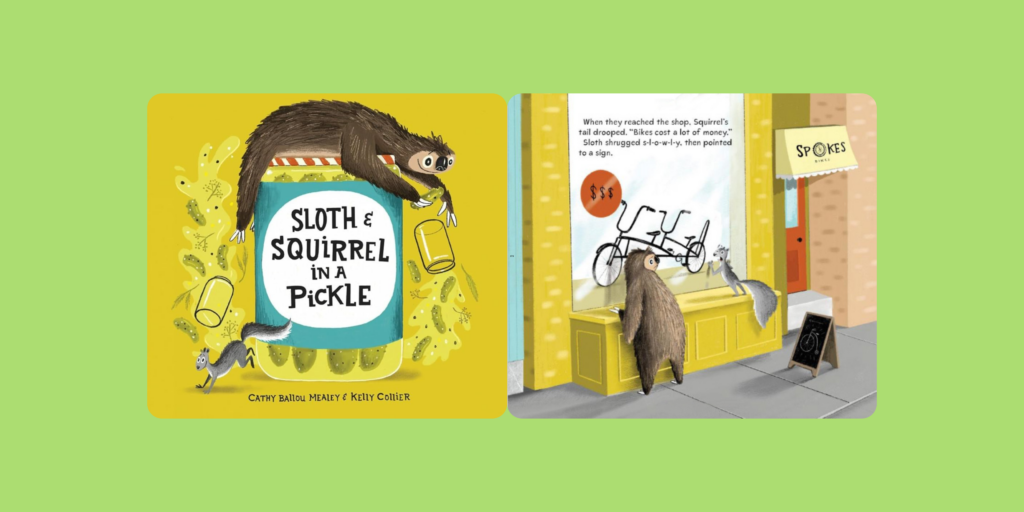
Grades 3-5

Don't have an account yet? Sign up for free
Don't have an account yet? Sign up for free


Understanding the concept of opportunity cost is critical for good decision making. The ability to identify the opportunity cost—the highest valued alternative that must be given up when another option is chosen—helps people to assess their alternatives.
“You can’t have your cake and eat it, too” is an old and familiar saying. If people could have everything they want, whenever they want it, life would be very different. People wouldn’t worry about choices, and they certainly wouldn’t worry about things they might want in the future. However, resources and incomes are limited, so people must make choices.
Understanding the concept of opportunity cost is critical for good decision making. The ability to identify the opportunity cost—the highest valued alternative that must be given up when another option is chosen—helps people to assess their alternatives.
Understanding opportunity cost is especially helpful in decisions about saving money. Saving money enables people to extend their uses of today’s income over a longer period of time. For most children, the future is very abstract. They tend to think only about things they want right now. Saving for the future may be far from their minds, or utterly foreign.
In reading and discussing an adaptation of Aesop’s fable “The Grasshopper and the Ant,” the students learn about the trade-off between satisfying wants today and planning for the future. They use the fable to examine their own behavior and decisions about saving. They learn that interest payments provide an incentive to save. They compose fables of their own, expressing their ideas about the importance of decisions about consuming and saving.
This lesson was originally published in CEE’s Financial Fitness for Life (Grades 3-5), a comprehensive personal finance curriculum that teaches students how to make thoughtful, well-informed decisions about important aspects of personal finance, such as earning income, spending, saving, borrowing, investing, and managing money. Visit CEE’s Financial Fitness for Life website for more information on the publication and how to purchase it.
Review the concepts of trade-offs and opportunity cost as they are related to decisions about saving. How can people use these concepts to make good decisions about whether to spend money now or save it for future uses? Have the students give examples from their own experience illustrated by “The Grasshopper and the Ant” story.
Additional questions are available in the PDF from the teacher’s guide for this lesson.

Grades 3-5

Grades 9-12

Grades 9-12

Grades 3-5
